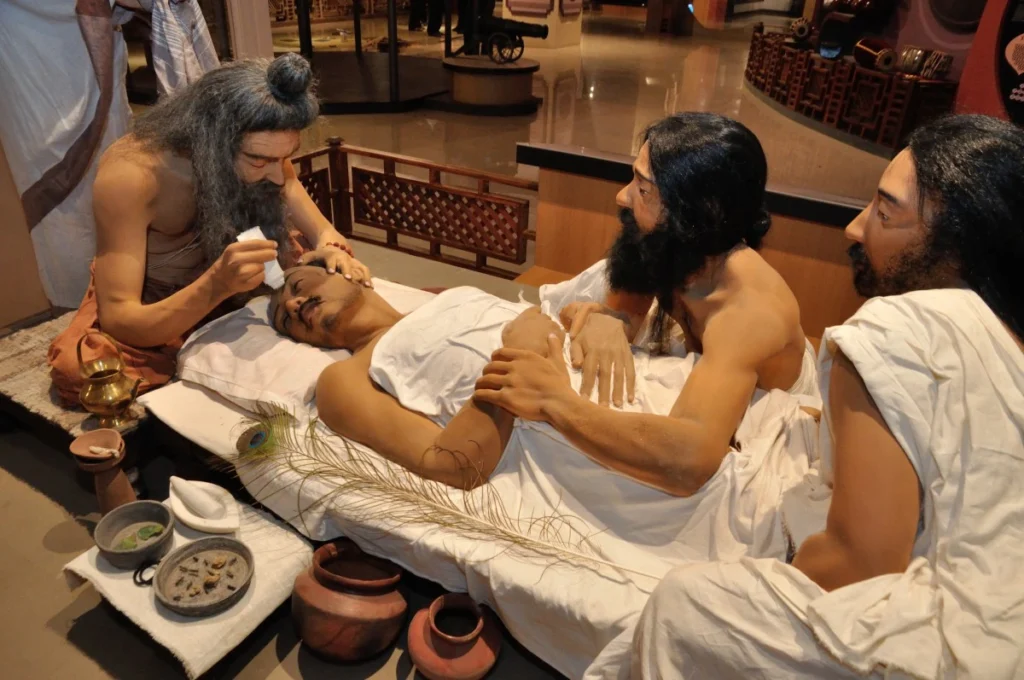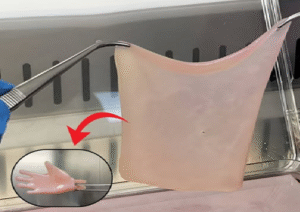The title of the “Father of Plastic Surgery” is widely attributed to Sushruta, the legendary Indian physician and surgeon who lived around the 6th century BCE. A pioneering figure in the history of medicine, Sushruta authored the Sushruta Samhita, one of the world’s earliest and most comprehensive texts on surgery.
His groundbreaking work laid the foundation not only for plastic and reconstructive surgery, but also for disciplines such as orthopaedics, ophthalmology, and obstetrics.
- Described and performed rhinoplasty (nose reconstruction) using a flap from the forehead — a technique still in use today as the “Indian method.”
- Detailed over 300 surgical procedures and listed more than 120 surgical instruments.
- Included anatomy, physiology, pathology, and post-operative care—centuries ahead of his time.
- Emphasized ethics, cleanliness, and patient recovery — aligning closely with modern medical standards.
“Sushruta’s teachings remain a timeless legacy in global surgical history,” say modern historians and surgeons alike
| Attribute | Details |
| Name | Sushruta |
| Era | c. 600 BCE |
| Major Work | Sushruta Samhita |
| Origin | Ancient India (likely Varanasi) |
| Legacy | Father of Surgery & Plastic Surgery |
Sushruta’s legacy continues to inspire medical professionals and scholars worldwide, as his ancient techniques resonate with the principles of precision, compassion, and scientific inquiry that define modern surgery.







